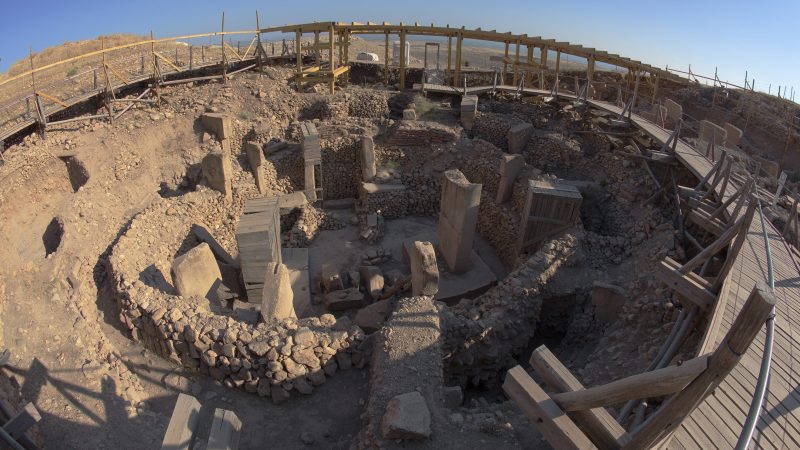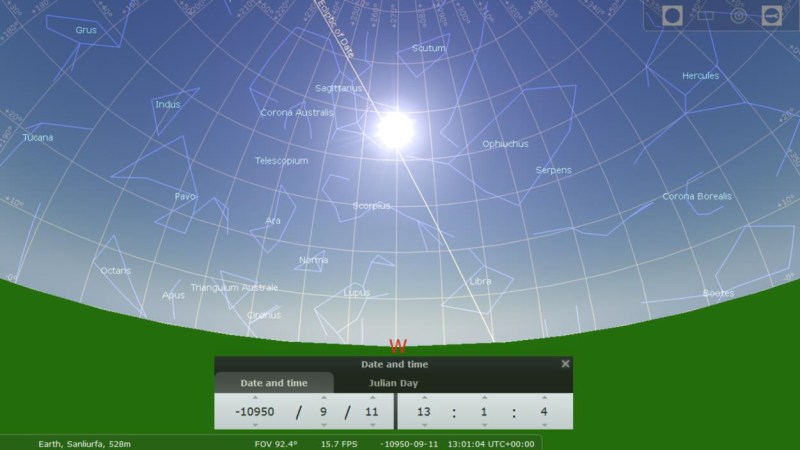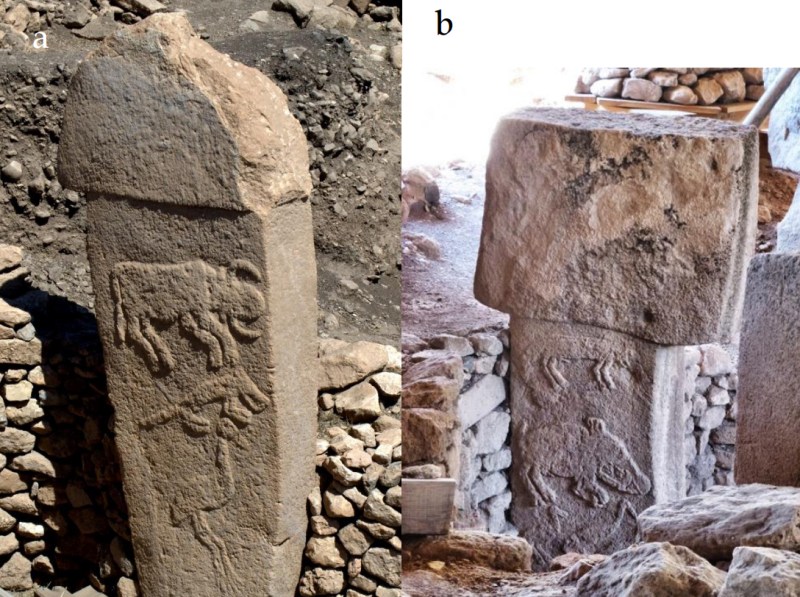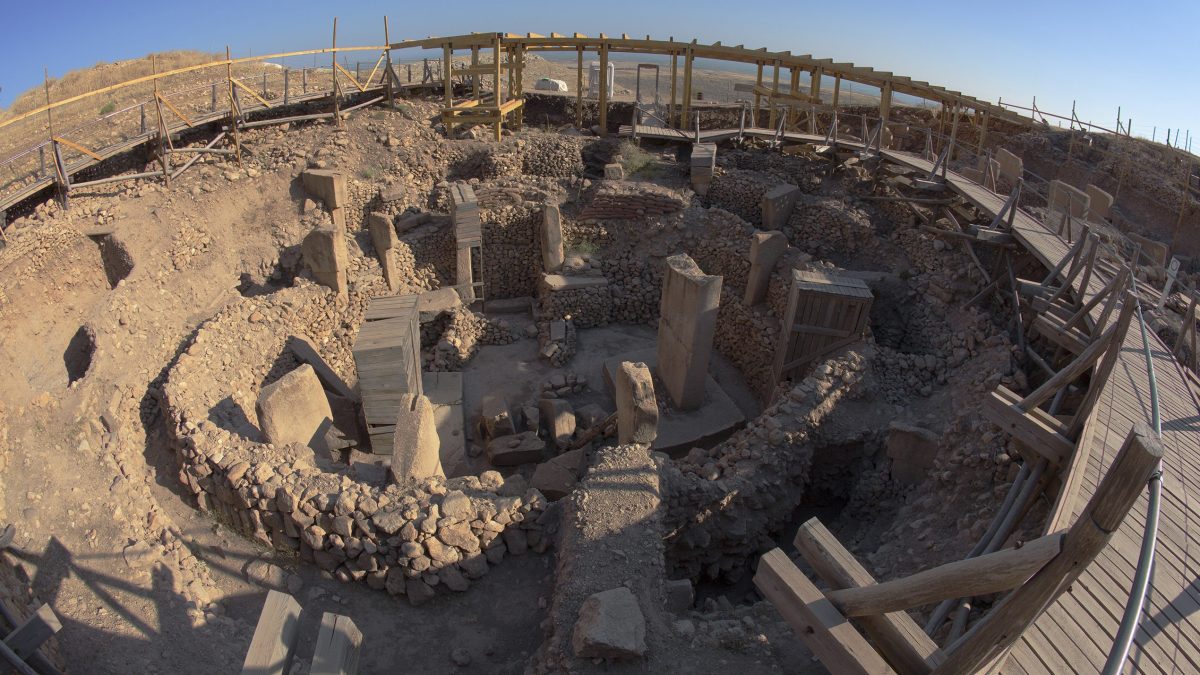
Neolithic stone carvings from nearly 12,000 years ago could depict the astrological event that sparked a 1,000-year-long Ice Age.
Evidence from ice cores found in Greenland showed the Taurid meteor strike occurred around the same time as carvings found in Turkey. The time and effort required to create such carvings showed their significance, so researchers used a software to match the characters with constellations in the sky around 10,950 B.C.E. (see image below).

Stone pillars found at Gobekli Tepe, a temple used as an observatory, have carvings of a headless humans and animals, which University of Edinburgh scientists say depicts the loss of life and environmental impact caused by the meteor strike.

According to the findings, published in the journal Mediterranean Archaeology and Archaeometry, the carvings made by the Gobekli Tepe people, could document the aftermath of the Taurid meteor, which many believe is responsible for the cooler, Younger-Dryas period that scientists estimate began around 10,890 B.C.E.

—RealClearLife
This article was featured in the InsideHook newsletter. Sign up now.
























